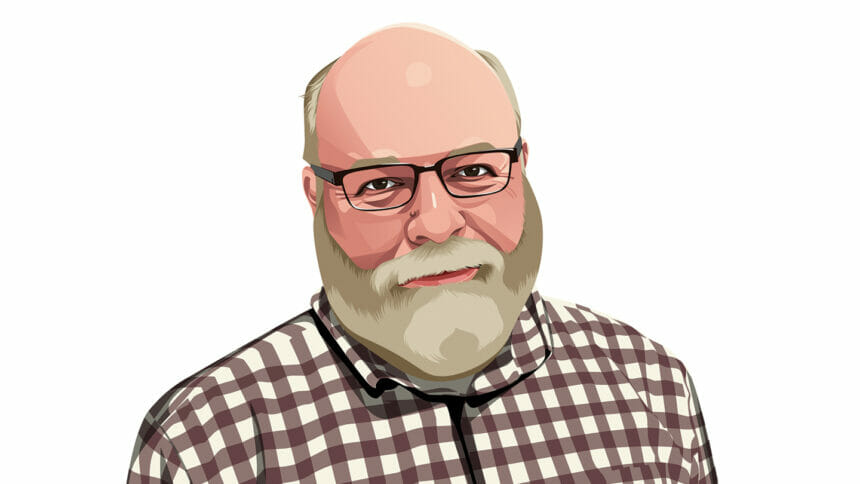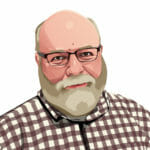
Do you yell at your Apple Watch? I do. All the time. Out loud.
This happens most often while hiking, when I’ve dutifully set the device to track my activity. I’ll be laboring up the trail, trekking poles flailing, breathing like I’m summiting Everest without oxygen, heart beating at the speed of a Metallica drum riff, and it has the audacity to ask me if I’ve completed my workout.
“No! I’m not %$^&*#@ done!” I bellow. Each body function my watch is supposed to be monitoring should clearly show I’m very much still engaged in active exercise, but somehow it thinks I’m reclining or dead.
My salty reaction is needlessly critical, of course. Our modern wearables are little short of magic, and I well remember the days when I’d measure workout time with a sundial and track heart beats with an abacus. So I should probably learn to accept the occasional glitch and just be grateful.
But I’m not alone in my unwarranted disdain. Seniors, especially those with heart disease, apparently aren’t embracing the many wearable tech tools available to monitor their health, according to a McKnight’s report, and this seems unfortunate.
Personally, despite my occasional hostile outbursts, I’m completely addicted to my watch’s health tracking functions and data. The first thing I do after waking in the morning is to check how well I slept. What I appreciate most is the opportunity this gives me to experience failure by 5 a.m. In the past, I’ve had to wait until arriving at work to enjoy that feeling.
In the BT (Before Technology) days of my relative youth, I only had a vague and mostly anecdotal sense of ill health, unreinforced by reliable data. Now I can see how poorly I feel on my wrist, all the time, whether I want to or not. Actually, maybe that’s why seniors mostly avoid the technology. Perhaps blissful ignorance is better than wearing a constant reminder that something’s amiss.
Eventually, though, as people like me start filling your facilities, we’ll be more comfortable with it, and I’m convinced it will enhance our quality of life and the facility experience. I’ve personally enjoyed sharing workout data with friends, and I expect that kind of synergy between patients and their therapists and care teams. They’ll hear encouragements like, “One more time down the hallway and back, Bob, and you’ll close that exercise ring!” Or, “Wow, I see you’ve already taken 4,000 steps. Great job!”
Wearable technology for seniors is already helping identify serious health problems while they can be mitigated, reducing fall risk and streamlining communication with physicians and pharmacists. It also has potential to help facility staff achieve greater levels of fitness and find more effective ways to deal with job-related stress.
So next time we’re tempted to yell at our watches, let’s keep in mind that for all its dark side, technology can make us all healthier, happier, and more effective in everything we do. Maybe most importantly, we’ll be better partners in wellness for those we serve.
Things I Think is written by Gary Tetz, a two-time national Silver Medalist and three-time regional Gold and Silver Medal winner in the Association of Business Press Editors (ASBPE) awards program, as well as an Award of Excellence honoree in the APEX Awards. He’s been amusing, inspiring, informing and sometimes befuddling long-term care readers worldwide since the end of a previous century. He is a writer and video producer for Consonus Healthcare Services in Portland, OR.
The opinions expressed in McKnight’s Long-Term Care News guest submissions are the author’s and are not necessarily those of McKnight’s Long-Term Care News or its editors.
Have a column idea? See our submission guidelines here.





